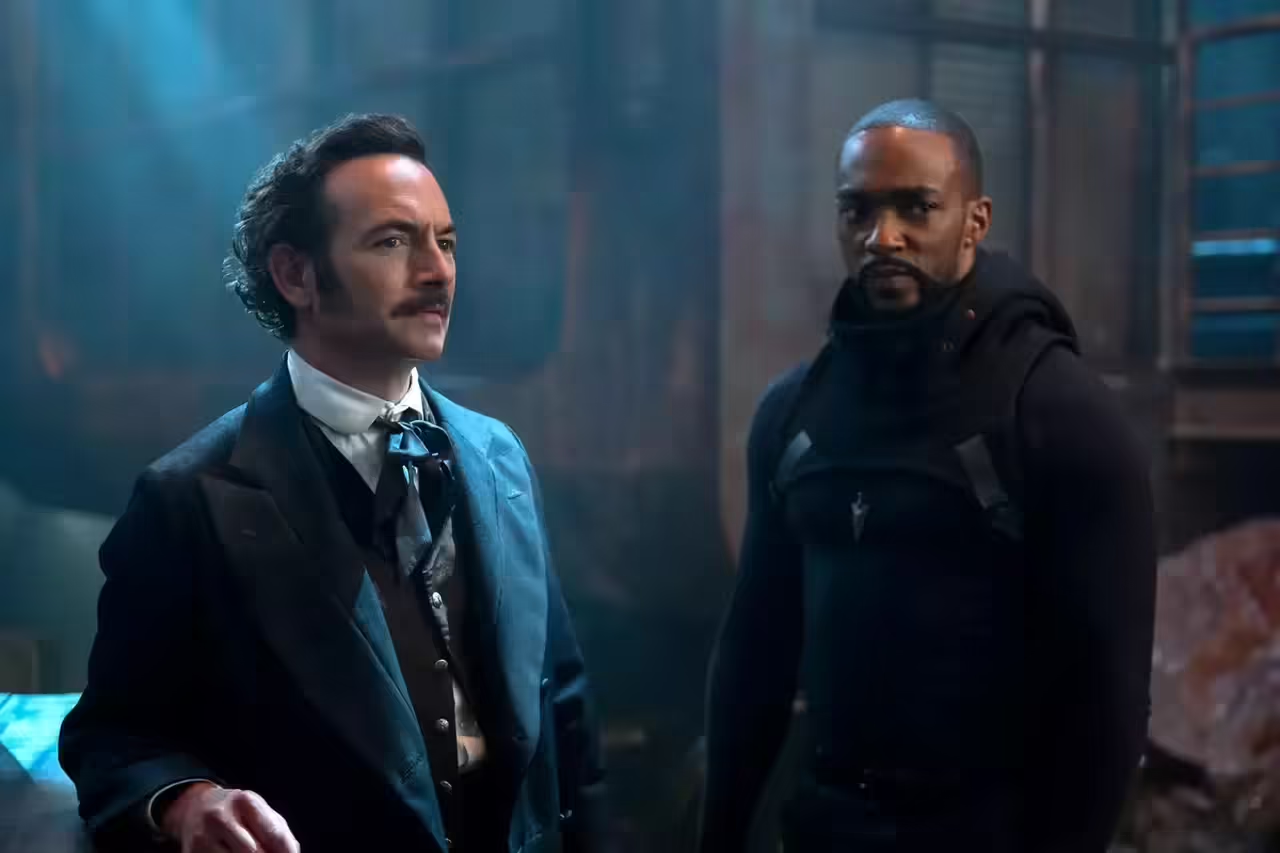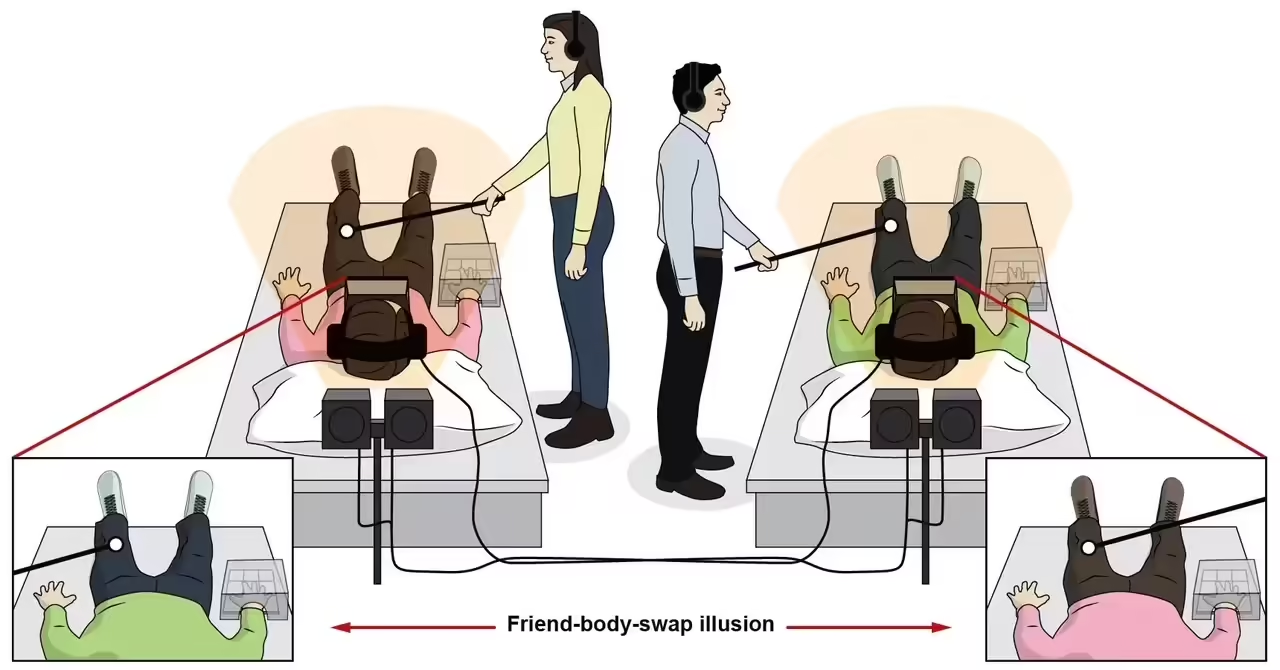
Altered Carbon is a science fiction television series based on the novel of the same name by Richard Morgan. The series presents us with a dystopian world where the human mind can be digitized and transferred from one body to another, allowing people to live eternally in different sheaths. However, this technology also generates social inequalities, political conflicts and complex crimes that defy ethics and morals.
The series introduces us to the story of Takeshi Kovacs, a rebellious ex-soldier who is revived after 250 years in the body of a policeman to solve the murder of Laurens Bancroft, a tycoon who has the power to control his own reincarnation. Kovacs will have to face the dangers and secrets of a society where identity and memory are commodities, and where nothing is what it seems.
Altered Carbon is a series that foreshadows one of the possible futures to come, where humanity will have to deal with the consequences of its technological advancement and its ethical, social and existential implications. The series raises questions such as: What does it mean to be human? What is the value of life? What role does the past play in the present? What limits must be respected in the search for immortality?
Science fiction becomes reality: Altered Carbon and the technology of the future
The Netflix series Altered Carbon presents us with a dystopian world where human consciousness can be stored in a device called a “cortical stack” and transferred to different bodies or “sleeves”. This technology allows people to live multiple lives, change identities and escape death. But how far are we from achieving something like this in reality, and what are the ethical, social and psychological implications of this possibility?
Below, we will discuss some of the scientific and technological advances that could bring us closer to the vision of Altered Carbon, as well as the challenges and dilemmas it poses.
The cortical stack: how to store human consciousness?
The cortical stack is the central element of the Altered Carbon plot. It is a coin-sized device that is implanted at the base of the skull and contains all the information from a person’s mind: their memories, personality, emotions, skills, etc. The cortical pile can be removed and placed in another sheath, allowing the person to retain his or her identity and memory in a new body.
Is there such a thing as a cortical stack today? The answer is no, but there are some projects and research that point in that direction. For example, the Neuralink project, driven by entrepreneur Elon Musk, seeks to develop a brain-computer interface to connect the human brain with digital devices. The goal is to improve people’s cognitive and sensory abilities, as well as to facilitate communication and learning. However, Neuralink is far from being able to store or transfer human consciousness, as it only aims to read and stimulate certain brain regions.
Another example is the BrainNetome project, led by Chinese neuroscientist Jiang Tianzi. This project seeks to create a detailed map of the neural connections of the human brain, known as the connectome. The connectome is a kind of “source code” of the brain, which determines how it functions and how consciousness is generated. The purpose of BrainNetome is to better understand brain mechanisms and to develop medical and educational applications. However, it also opens the door to the possibility of replicating or modifying a person’s connectome.
The sheath: how to change the body?
The sheath is the term used in Altered Carbon to refer to the physical body that houses the cortical stack. Sheaths can be natural or artificial, and can have different characteristics and capabilities. Some sheaths are stronger, faster or more resilient than others. There are also sheaths designed for specific purposes, such as combat or pleasure. The choice of holster depends on the individual’s taste and purchasing power.
Is there such a thing as a holster today? The answer is yes, but with many limitations. On the one hand, we have organ and tissue transplants, which make it possible to replace damaged or diseased body parts with healthy ones. On the other hand, we have prostheses and implants, which make it possible to replace or improve lost or defective body parts with artificial ones. These medical advances have improved the quality of life and life expectancy of many people.
However, changing the entire body is something much more complex and risky. So far, only one successful face transplant has been performed in the world, that of Frenchman Jérôme Hamon in 2018. Head transplantation is still a pipe dream that poses enormous technical and ethical challenges. Likewise, it is unclear whether body swapping would affect identity.
Altered Carbon: is digital immortality a realistic possibility?
The Netflix series Altered Carbon is based on a science fiction novel that explores a world where human consciousness can be stored and transferred to other bodies, called sheaths. In this way, people can live forever, changing their identity and appearance according to their desires or needs. But how far are we from achieving this technology in reality, and what are the ethical, social and psychological implications for humanity?
First, there are the scientific and technical challenges of creating a digital copy of the human mind. Although advances have been made in the field of neuroscience and artificial intelligence, it is still not fully understood how the brain works, how consciousness is generated, and how memories are stored and retrieved. Moreover, enormous data processing and storage capacity would be required to replicate the complexity and richness of human experience.
Second, the moral and legal implications of this technology need to be considered. Who would have access to it? What rights would the people who wear the sheaths have? What responsibilities would the providers have? How would the use and abuse of this technology be regulated? What effects would it have on the identity, personality, and relationships of people who constantly change bodies? What would be the value of life if it could be prolonged indefinitely?
These are some of the questions raised by Altered Carbon, a series that invites us to imagine a possible future, but also to question our current values and principles. Digital immortality may be an attractive fantasy for some, but also a dystopian nightmare for others. What is certain is that, for now, it remains a distant and uncertain possibility.
Science fiction and social criticism
Science fiction is a genre that is often used as a tool to explore social and political issues. In “Altered Carbon,” Netflix’s sci-fi series, this strategy is used to criticize and reflect on some of the biggest problems in our society today.
The series presents a dystopian future in which technology has evolved in such a way that immortality is possible, but only for those who have the power and resources to pay for it. Through the plot and characters, the series comments on issues such as economic inequality, oppression and abuse of power.
One of the main themes that “Altered Carbon” addresses is economic inequality. In the world of the series, immortality is the exclusive privilege of the rich and powerful. Only those who have the resources to pay for it can afford to live forever, while the rest of the population is forced to grow old and die as we have always done.
The series shows how immortality has become a form of oppression for those who cannot afford it, creating an ever-widening divide between the rich and the poor. This theme is particularly relevant in our society today, where economic inequality is growing and income differences are becoming more pronounced.
Another theme addressed in “Altered Carbon” is oppression and abuse of power. In the world of the series, technology has advanced so far that people can be “re-sleifed” into different bodies, allowing them to change gender, race and appearance at will. Yet this technology is also used to control and oppress the population.
The most powerful political and business leaders are able to use re-sleeving technology to stay in power for centuries, while ordinary people are trapped in increasingly deteriorated bodies. The series shows how abuse of power and oppression can be perpetuated through technology and how technology can be used to control and manipulate the masses.
Characters and relationships
The series is full of complex and fascinating characters whose relationships are crucial to the plot.
The main character of the series is Takeshi Kovacs, played by Joel Kinnaman. Kovacs is a former Special Forces soldier who has been re-sleeved into several different corps. He is hired by Laurens Bancroft, played by James Purefoy, an immortal tycoon who wants to solve his own murder. The relationship between Kovacs and Bancroft is complex, as Bancroft is a powerful and controlling man who treats Kovacs as a pawn in his game.
Kovacs, on the other hand, is an independent and distrustful man who struggles to maintain his autonomy. Throughout the series, their relationship changes as Kovacs begins to unravel the conspiracy surrounding Bancroft’s murder and begins to develop a mutual respect for him.
Another important character in the series is Ortega, played by Martha Higareda. Ortega is a police detective who is investigating Bancroft’s murder. Throughout the series, she and Kovacs develop a complicated romantic relationship. Ortega is a strong, independent woman who fights to do the right thing in a world full of corruption and oppression. Her relationship with Kovacs is strained at first, but as they work together to solve the case, they begin to develop a deeper emotional bond.
Another interesting character in the series is Poe, played by Chris Conner. Poe is an artificial hotel with artificial intelligence who becomes Kovacs’ friend and ally. Throughout the series, Poe helps Kovacs discover the truth about his past and protects him from those who wish to harm him. The relationship between Kovacs and Poe is unique in that Poe is an artificial being who nevertheless develops human emotions and a sense of loyalty to Kovacs.
Finally, there are several secondary characters in the series who are also important to the plot. Kristin Ortega, played by Renée Elise Goldsberry, is Detective Ortega’s sister and also has a relationship with Kovacs in the past. Vernon Elliot, played by Ato Essandoh, is a former soldier who works with Kovacs in solving the Bancroft case. Secondary characters such as these are essential to the development of the plot and provide a wide range of perspectives on the world of “Altered Carbon.”







